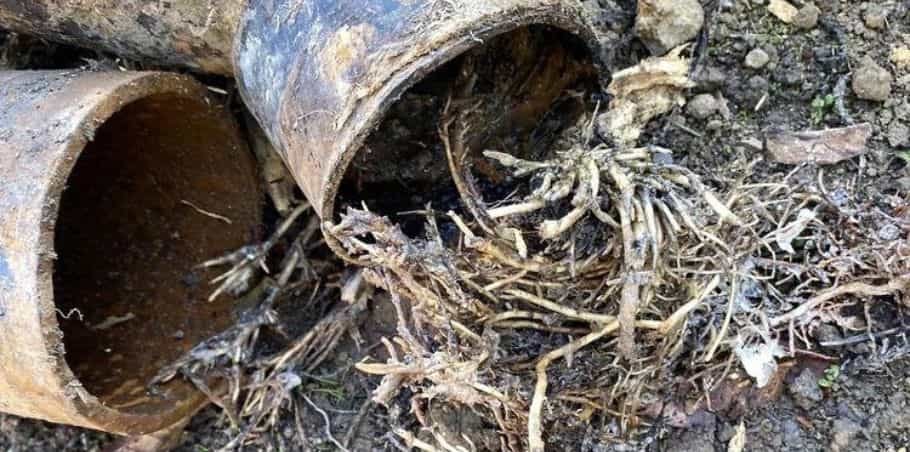Pipe Repair: Essential Techniques for Quick and Effective Solutions
Pipe repair is an essential skill for homeowners and renters alike, as plumbing issues can arise unexpectedly and lead to significant damage if not addressed promptly. Understanding the most effective methods for repairing pipes can save time, money, and prevent further complications in the home. Whether dealing with a minor leak or a major break, knowing how to respond quickly can make all the difference.
Many people often overlook the early signs of pipe damage, which can lead to costly repairs later on. By familiarizing themselves with basic repair techniques and common problems, individuals can take proactive measures to maintain their plumbing systems. Resources such as licensed plumbers or detailed guides can provide necessary support for those unsure about tackling repairs themselves.
Ultimately, being well-informed about pipe repair methods equips individuals to handle plumbing situations effectively. With the right approach and knowledge, they can ensure the home remains a safe and comfortable environment.
Understanding Pipe Repair
Effective pipe repair begins with a comprehensive understanding of the various types of pipes and materials, the common causes of damage, and the signs indicating potential failure. Knowledge in these areas helps homeowners and professionals make informed decisions regarding maintenance and repairs.
Types of Pipes and Materials
Pipes are constructed from various materials, each with distinct properties and applications. The most common types include:
- PVC (Polyvinyl Chloride): Lightweight and resistant to corrosion, PVC is used primarily for drainage and waste systems, but it can become brittle over time with exposure to UV light.
- CPVC (Chlorinated Polyvinyl Chloride): Similar to PVC but can handle higher temperatures, making it suitable for hot water systems.
- Copper: Highly durable and resistant to corrosion, copper pipes are often used in potable water systems. They have a long lifespan but can be susceptible to pinhole leaks.
- Galvanized Steel: This type has a zinc coating to prevent rust. It was commonly used but has decreased in popularity due to rust issues.
- Cast Iron: Used in older buildings, cast iron pipes can last for decades but are prone to corrosion and cracking.
Common Causes of Pipe Damage
Several factors can lead to pipe damage, making it essential to identify potential risks early. Common causes include:
- Corrosion: Over time, pipes, especially metal ones, can corrode due to water chemistry or the soil surrounding them.
- Tree Root Intrusion: Roots can penetrate pipes, especially older materials, leading to blockages and damage.
- Ground Movement: Soil shifting due to weather changes or nearby construction can exert pressure on pipes, causing cracks.
- Temperature Fluctuations: Extreme temperature changes can lead to expansion and contraction, resulting in weak spots and eventual pipe failure.
- Poor Installation: Improperly installed pipes, such as incorrect slope or inadequate support, can lead to premature leaks and breaks.
Signs of Pipe Failure
Recognizing early signs of pipe failure can save time and money in repairs. Key indicators include:
- Discolored Water: Brown or rust-colored water may indicate rusted pipes or metal corrosion.
- Unusual Noises: Gurgling or banging sounds in the plumbing can signal air trapped within the system or loose pipes.
- Low Water Pressure: A sudden drop in water pressure may suggest a leak in the system.
- Wet Spots or Mold: Damp areas on walls or ceilings can indicate hidden leaks, which require immediate attention.
- Frequent Clogs: Recurring blockages may signal larger issues with the pipe’s integrity or buildup inside.
Understanding these components assists in effective maintenance and timely repairs of pipe systems.

Methods of Pipe Repair
Various methods exist for repairing pipes, each suited to different types of damage and conditions. Understanding these techniques can help homeowners and professionals make informed decisions when addressing plumbing issues.
Traditional Repair Techniques
Traditional pipe repair methods often involve extensive excavation and can be labor-intensive. Techniques such as open trenching allow plumbers to directly access and replace damaged sections of pipe. This method entails digging a trench along the pipeline’s length, which can disrupt landscaping and require considerable restoration efforts.
Other conventional methods include the use of pipe repair clamps that consist of a metal band and a rubber gasket to secure leaks temporarily. If leaks persist, repeated attempts might be necessary, or alternative methods may be explored. Traditional repairs are usually effective but can be costly and time-consuming.
Trenchless Repair Solutions
Trenchless repair solutions offer a less invasive alternative, minimizing disruption to surrounding areas. One common technique is pipe lining, or cured-in-place pipe (CIPP) lining. This method introduces a flexible liner coated with resin into the damaged pipe, which is then inflated and cured. This creates a new pipe within the old one, effectively sealing leaks and restoring structural integrity.
Another trenchless option is pipe bursting, which replaces damaged pipes by breaking them apart and simultaneously inserting new ones. This method is ideal for completely deteriorated pipes and reduces the need for extensive excavation. Both trenchless methods save time and preserve landscaping.
Emergency Repair Actions
Emergency repairs are crucial for addressing urgent plumbing issues, especially those that involve significant leaks or pipe bursts. Immediate actions may include turning off the main water supply to prevent further damage.
Temporary measures can be taken, such as using duct tape or a pipe repair clamp to seal leaks until professional repairs can be made. For severe cases, it may be necessary to call a plumber for immediate assistance. Effective emergency repairs can mitigate water damage and prevent costly repairs down the line.
5 Star Plumbing LLC is a local plumbing company in Sacramento that has been providing leak repair and repiping services for over 12 years.
Share this content:














Post Comment